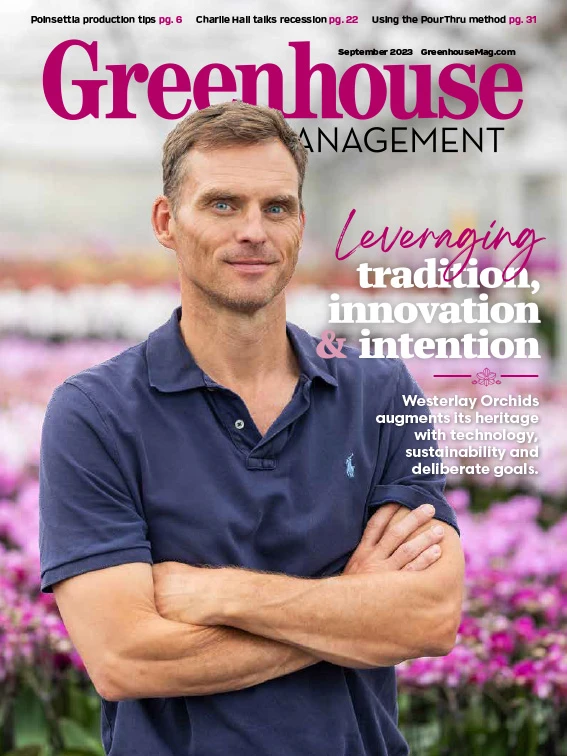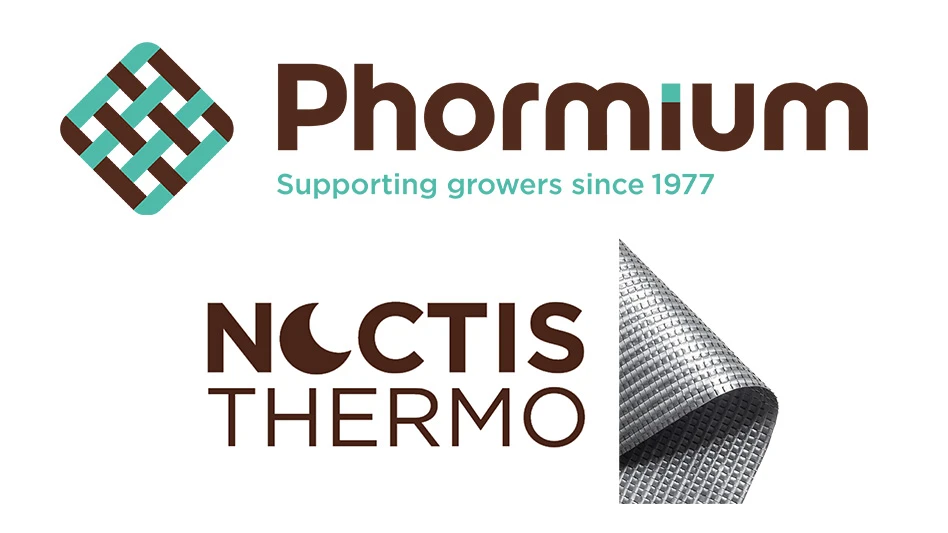
Greenhouse Management: What is Transplanting Vision Technology and how does it help growers?
Steven Biles: With automated transplanting, growers prefer plug trays that are 100% — not 80-85%. Standard Transplanters will plant these misses of 5%, 10% or 15% of plugs, which means more labor after the transplanter to fix the misses. The first use of Vision, back in the 1990s, was developed for the plug producers. They looked at the plants from the top (cotyledon stage) and would fix the trays to 100%. Today, it’s more advanced. Based on your selection criteria, it stops for a split second and evaluates every plug to see if it’s a good one or a bad one and can even grade it. But it’s the same idea — getting to a 100% fill rate.
GM: How can this help growers be more efficient?
SB: A lot of growers are into sticking — sticking cuttings that come from overseas or from their own stock plants. And when you stick cuttings, your survival rate is lower than seed. We have a lot of customers that use different processes and automation to stick unrooted cuttings. And they aren’t only producing for themselves to finish out, but also for other growers to finish out. They are sorting and grading for multiple sources. Automation like this can mean fewer mistakes.
GM: How can Vision Technology help with finished products, particularly tropicals for greenhouse operations?
SB: These plant growers are grading, sorting and consolidating. They are grading by size, and they are consolidating 100% into finished trays. Most young plant producers are providing plant services to other growers who are going to take them, bump them up and finish them out. And they are doing this manually. They are throwing a lot of labor at it. And young plant growers utilize a lot of labor year around. If they are doing 8 to 10 million plants a year, that requires a lot of labor. And with human selection, it varies in selection quality and consolidation. It varies throughout the day. It varies throughout the season. The quality can drop if you can’t get the right number of people. So, with a Vision system, you can get so much more consistency.
GM: Is it more important now than ever for growers to consider automation?
SB: It’s important now because margins haven’t gone up. Every grower will tell you that, if their costs have gone up 30%, they can’t charge 30% more. They incur a lot of costs, so in order to offset some of that cost, automation makes sense. Automation is becoming a part of everyday operations, from small garden centers to the large box store producers.

Explore the September 2023 Issue
Check out more from this issue and find your next story to read.
Latest from Greenhouse Management
- A nation of gardeners: A history of the British horticulture industry
- Last Word with Angela Labrum, Bailey Nurseries
- Iowa plant supplier Plantpeddler building retail complex
- This month's Greenhouse Management magazine is about native plants and sustainability
- The HC Companies, Classic Home & Garden merge as Growscape
- Terra Nova releases new echinacea variety, 'Fringe Festival'
- Eason Horticultural Resources will now officially be known as EHR
- BioWorks receives EPA approval for new biological insecticide for thrips, aphids, whiteflies





